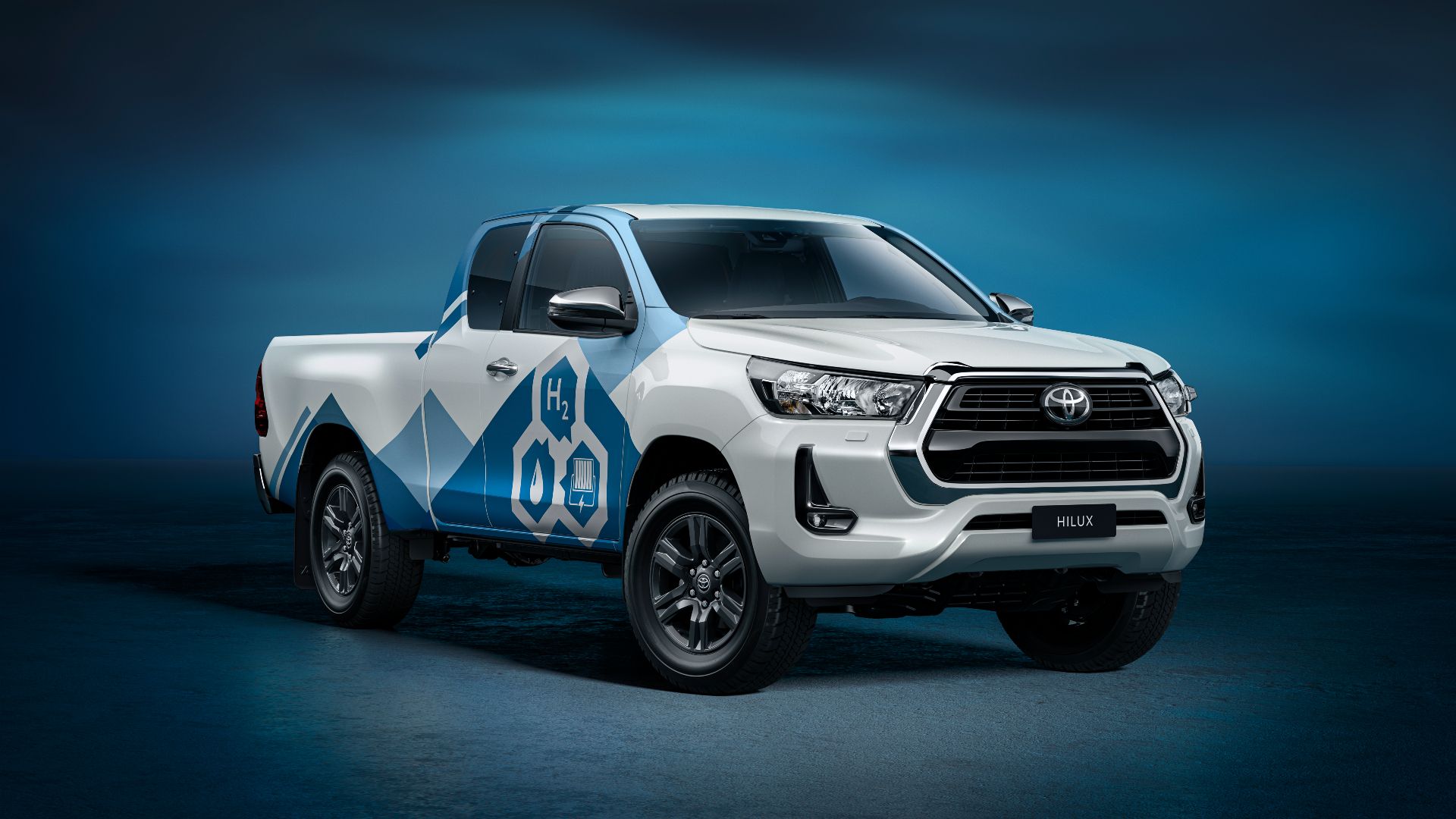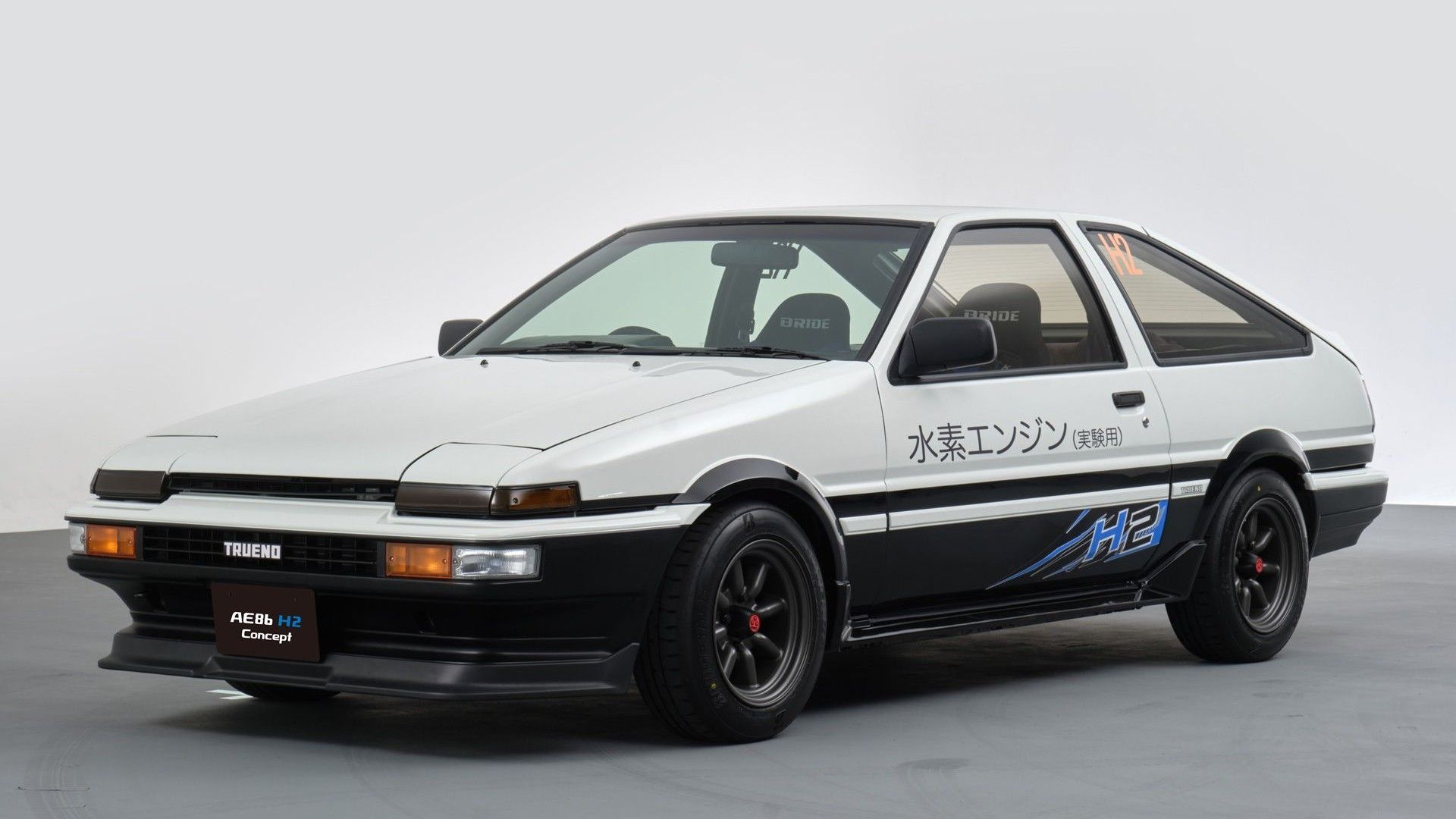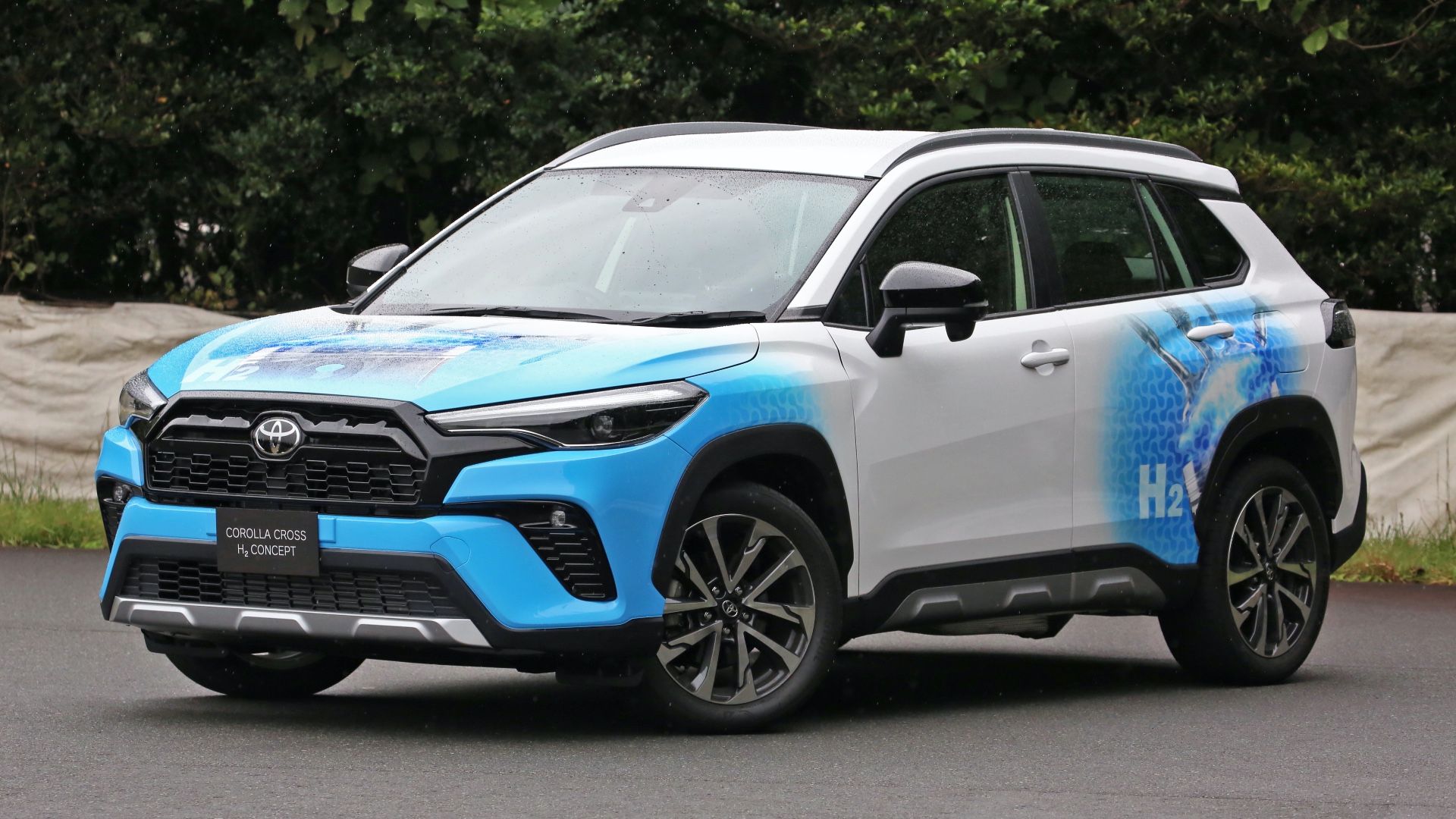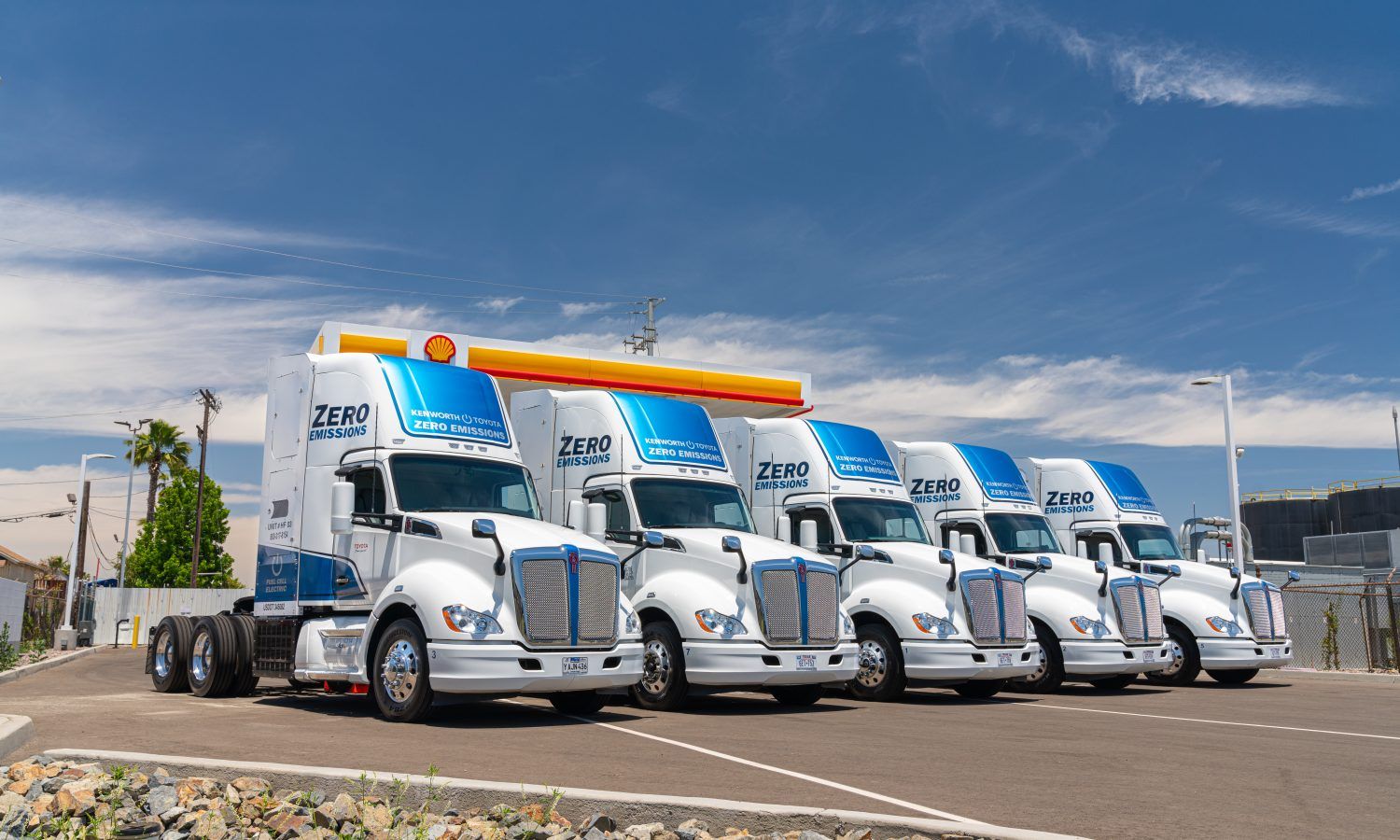The world has become increasingly electrified since the turn of the 20th century, and as the dawn of the 21st came and went, vehicles have started to follow suit. The automobile industry has most definitely come a long way since its humble beginnings, and some of the big names are now making very calculated moves in the new green energy push - including Toyota. While embracing the overall 'carbon-neutral' mindset, CEO Akio Toyoda believes that EVs aren't the only way forward, and so he continues to embrace a full array of technological options as he takes Toyota above and beyond the limits of electric vehicles and breaks ground in new and exciting powertrain alternatives. So, here's why Toyota is holding steadfast in its view on electric vehicles, and what it is doing today.
An Uncertain Electric Current In Toyota's Veins
For three decades, Toyota has been working with alternative fuel sources to power its vehicles, and up until recently they have been quiet (for the most part) on where they stand in relation to the surging EV market. When Toyota released its Prius Hybrid 20 years ago, it was lauded as one of the cleanest and most fuel-efficient vehicles ever produced. While combining the all too familiar internal combustion engine with electrical components for efficiency, the first steps were taken on a long road to reducing carbon emissions from vehicles worldwide. As everyone praised the Prius and anxiously awaited what came next, Toyota's CEO had other ideas for what the future would bring.
During the Tokyo Auto Salon at the beginning of this year, Mr. Toyoda had on display two modified retro AE86s - one was a BEV Concept (Battery Electric Vehicle) and one was an H2 Concept (Hydrogen-engine Vehicle). Since these vehicles were unveiled, the CEO has been more outspoken about what he sees in the automotive industry's future. For the past few years, and with Toyota's release of the Mirai, its flagship hydrogen-powered vehicle, Akio Toyoda has denied industry-wide claims that EVs are the only option, all the while reminding others that 'carbon is the true enemy, not a particular powertrain,' and that he is among the “silent majority” of those questioning whether electric vehicles are the only way forward.
Making A Green New Deal
Net Zero. That is the ultimate goal to achieve for greenhouse gas emissions by the year 2050, with a reduction of at least 45-percent by 2030 according to the United Nations - and automobiles are the primary target. While Toyota has recently been catching flak, they have actually been doing some noticeably overlooked work behind the scenes to offset carbon emissions using hydrogen power in their plants instead of electricity. Although electric vehicles are making headway, Toyota has been advocating other avenues for vehicle manufacturing and production that could ultimately be more environmentally friendly and still appeal to the average driver.
As Akio Toyoda prepares to pass the Presidency to Koji Sato, he is by no means leaving his namesake company. In fact, Mr. Toyoda is heading up as Chairman of the Board and will continue to better Toyota and their belief in '... creating a full portfolio of carbon-reducing choices for our customers from hybrid electric vehicles, plug-in electric vehicles, battery electric cars, and fuel cell vehicles.' By taking action through change, the company will revolutionize the automotive market while not conforming to the production of only electric vehicles.
Trucking For Toyota's Water World
With yet another huge leap forward for Toyota in regard to alternative fuel, the trucking industry has proclaimed an endorsement for the company during a project in San Pedro, California. At the largest ocean freight facility in North America 10 fuel cell electric T680 trucks jointly designed by Toyota and Kenworth were used to show how emissions could be nearly non-existent while moving freight. The Zero and Near Zero Emissions Freight Facility (ZANZEFF) Shore to Store (S2S) project helped add another notch on Toyota's belt at the Port of Los Angeles for innovations in the automotive world not related to electric vehicles. While hydrogen fueling stations are not prevalent in the United States outside of California, it is the implementation of demonstrations such as these that will pave the way for Toyota's non-electric plans to take root and grow.
A Renewable Future Awaits
If one thing is certain, it is that Toyota's future looks very promising. During a live-streamed Toyota event last week, the outgoing President (Akio Toyoda) stated that under his oversight he has kept the company afloat through tremendous suffering caused by the global financial crisis, worldwide recalls, and earthquakes. And he believes that "in times of crisis, two paths appear before us. One is a path toward short-term success or a quick victory. The other is a path that leads back to the essential qualities and philosophies that gave us strength." He chose the latter. And during the same event, Koji Sato said (on taking over as President), '... cars in the future will evolve into the concept of mobility itself. Amid such, I hope to preserve the essential value of the car and propose new forms of mobility.'
These statements struck some heartfelt chords with many people. Toyota may be holding back when it comes to electric vehicles, but their purpose will remain true to the company's ideals while striving for innovation towards a better world in the process. Toyota is undoubtedly doing great things in the automotive world, and whether electric vehicles are its pièce de résistance or not, it is certainly keeping a solid stance and a firm grip on the market.




